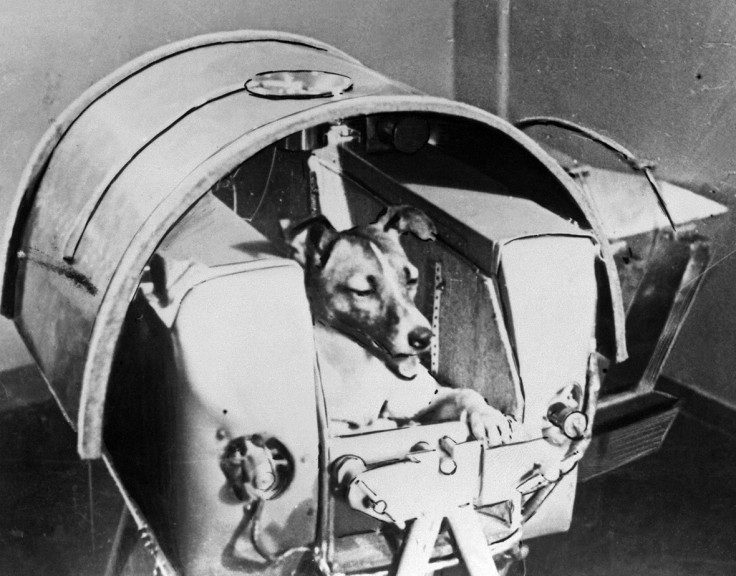It's been 60 years since the first dog in space, Laika, died just 7 hours into orbit
Russian scientists knew Laika wouldn't survive Sputnik 2's trip.
It's been 60 years since Russia sent Laika the dog out into space on Sputnik 2.
After the successful launch of Sputnik I on 4 October 1957, Nikita Khrushchev, then leader of the USSR, pushed to send another spacecraft into orbit.
It was right at the start of what's now widely known as the "Space Race" between the Communist bloc and the United States to see who would conquer space the fastest.
In order to stay ahead of their American rivals, Khrushchev ordered that Sputnik II would launch less than a month after Sputnik I, this time with a living creature aboard.

Sadly, the Russian team never intended for Laika to survive the trip: scientists had little knowledge of how space would affect animals, and were yet to acquire the knowledge necessary to de-orbit spacecrafts. In other words: nobody had a clue how to bring the spaceship and its unfortunate passenger back once they would have reached space.
They gave her enough to eat and drink for a week, but poor Laika didn't make it that long.
For years, the official story said that Laika died six days later, from oxygen deprivation or because of a pre-planned euthanisation. However it was revealed in 2002 that she died 7 hours after the launch. The cause of death was overheating.
Laika unknowingly became one of the world's most famous canines: the first one to orbit the Earth, and the first ever living being to do so, well before Russian Yuri Gagarin and American John Glenn orbited the blue Planet, respectively in 1961 and 1962.
In 2008, a statue of Laika was erected in Moscow. The mutt is also featured on the Monument to the Conquerors of Space, also located in the Russian capital.






















